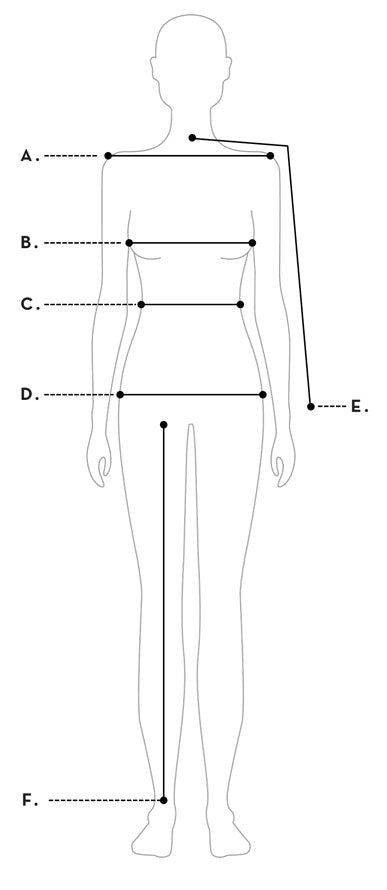American Heart Association
CPR 101Our #VBGIVESBACK support of the American Heart Association has taught us to prioritize our health, be aware of cardiac arrest warning signs, plus so much more. Recently, the organization gave Team VB the opportunity to learn how to take care of others, too, with an informative session on hands-only CPR. The importance of knowing how to perform this lifesaving skill is clear—immediate CPR can double or triple chances of survival after cardiac arrest.
Held at our NY HQ on February 22, the course focused on resuscitation science, education, and training—helping to support the American Heart Association’s vision of a world where no one dies of heart disease. “The truth is that heart disease and stroke are preventable in most cases," says Susan Lucci, spokesperson for the organization and our #VBGIVESBACK woman of the quarter. "The doctor who saved my life told me that nobody needs to die of a heart attack.”
Here, a few takeaways from the training—being armed with this knowledge may just help save a life.

The American Heart Association team at VB HG

